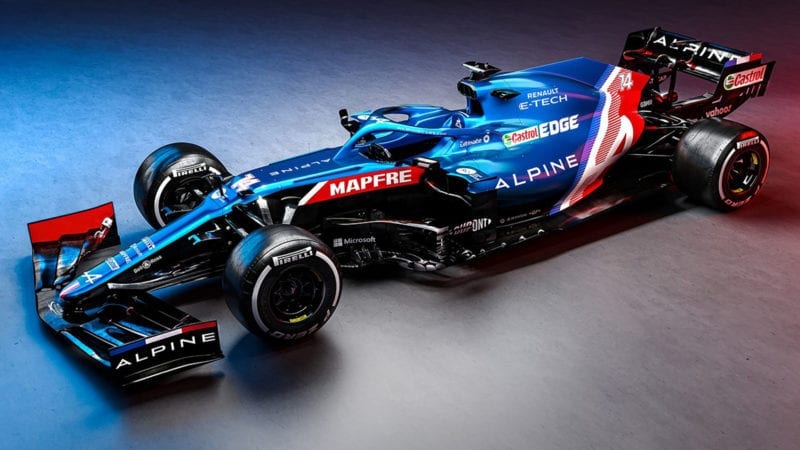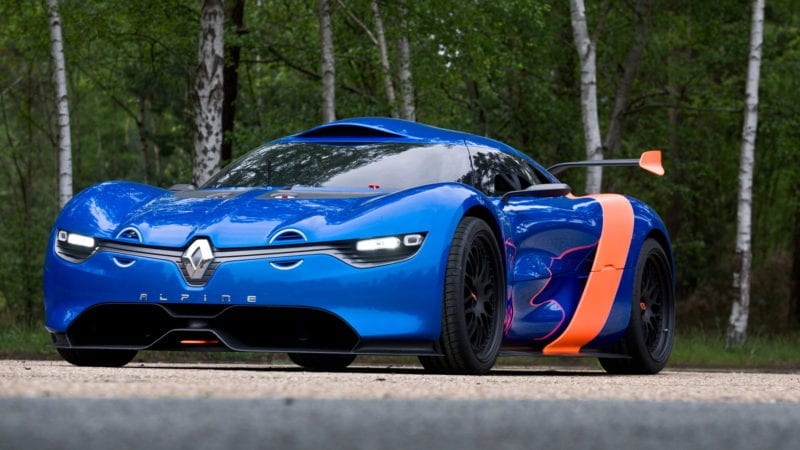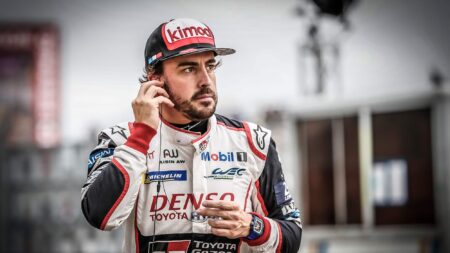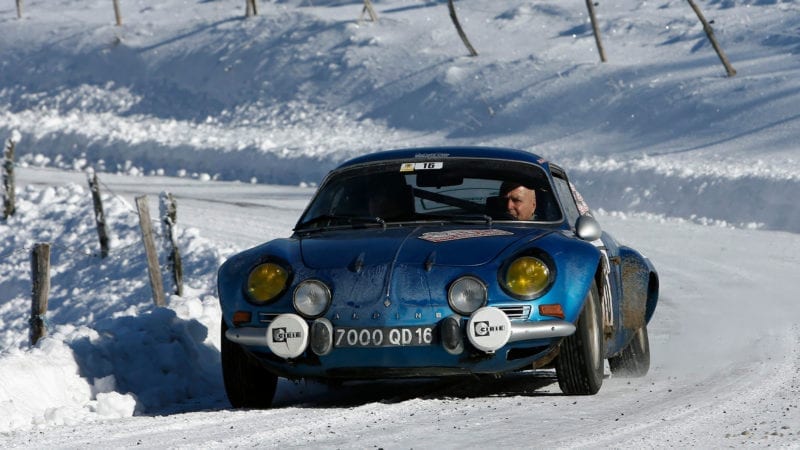The speed of development in the mechanical and aerodynamic areas of the cars is mirrored in their design, says Bull.
“Timing turnarounds and speed are key elements I found I needed to do design work in F1,” he says. “New configurations or livery options need to be produced and turned around in a matter of minutes on occasions when the sponsor or management team is reviewing how certain logos fit on the car and need another option. They need to see their ideas brought to life almost immediately.”
Shifting logos and tweaking an existing format fill the days of many livery designers. Having joined Renault in 2019, Bull had only ever made slight adjustments to a scheme the French manufacturer was very happy with, and had never designed one from scratch until last year.
“New configurations or livery options need to be turned around in a matter of minutes”
“The first two seasons I was at the team the brief was essentially: ‘We love what we have, so no need to change it,’” he says. “This year was a completely different animal.
“Finding out about the Alpine rebrand from mid-2020, we had a long time of development before the on-track debut at the Silverstone shakedown. The brief was a huge opportunity for us. The end result is a testament of the hard work and development gone into it.”
What resulted was the head-turning livery, but how did they manage to hit upon just the ‘right’ shade of blue?
“There was a lot of experimentation as we took a look at a number of colour options and finishes, but I think it was pretty clear early on that a metallic blue similar to the classic A110 and current road car would be the most obviously identifiable link to the Alpine Brand,” he says.
“Another part of the new branding for Alpine was a move away from its traditional orange and to utilise the French Tricolor instead,” he says. “We had to create a more patriotic look and play around with the material finishes to make the French red really stand out and work with the classic Alpine blue.”
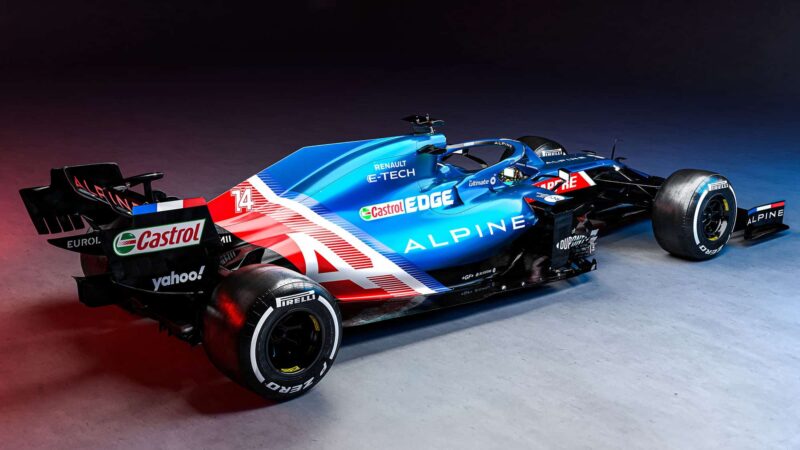
It was decided that the Alpine ‘A’ would be included at rear so as to fit with potential sponsors
Alpine
It wasn’t just the colour that came as a pre-requisite…
“Something also clear from the start was the inclusion of the A graphic on the car,” Bull explains. “We explored a range of options on how to implement this, but went for the same treatment as the [Alpine concept car] A110-50.
“Therefore, the side panel was the most logical place at the rear of the car, and eventually this stayed a constant throughout all the development designs. It allowed us a great area to keep clean for sponsors and potential partner branding.
“The design was created by the road car division’s paint team, then passed onto our paint team to create an ‘F1 friendly’ version of that to create a similar effect, but painted as light and fast as possible to the chassis. As with the actual design of the livery itself, the paint process was again the result of collaboration between both sides of the channel – to great effect.”
